Readers Write: ViVE 2025 Recap
ViVE 2025 Nashville – The Tale of AI and the Snowpocalypse!
By Mike Silverstein
Mike Silverstein is managing partner of healthcare IT and life sciences at Direct Recruiters, Inc.

Tell me about your agents! No, not one from the CIA, FBI, or your record label. Tell me about your AI agents!
That was the theme of ViVE 2025 in Nashville. Music City was frigid outside, but inside the Nashville Convention Center, the agentic AI blaze was on.
Two weeks ago, I gave up and finally asked a client on a Zoom call, ”Can you tell me what the heck agentic AI is?” My head is still spinning from large language models (LLMs), GPTs, and generative AI (still not entirely sure what this is). Now if you don’t have AI agents, you are an HIT artifact.
Big tech is coming to healthcare and this time I think it is REALLY here to stay. With the labor crunch and margin pressures being ubiquitous and in full force, an AI agent that can make a phone call to a patient / member / health plan and converse like a real person with whatever tone and accent you prefer might just be a game changer.
The tools are really getting smart, borderline scary smart. I had several people demo products for me that I literally couldn’t tell with certainty if I was listening to a real person or an AI agent. Even more, these agents are being trained on serious healthcare data and workflows, and I believe the dominoes are going to start falling.
At HLTH 2024 in Las Vegas, AI co-pilots were all the rage. Now those firms are racing to stay up the value stream and provide even higher value clinical impact as AI note-taking feels like it will be table stakes very soon. Call centers and one-way SMS texts both seem like they could be on the chopping block, and it feels like we could be on the precipice of patients actually having a real consumer experience like in every other industry.
On the investment front, deal activity seems to be up. The firms I talked to are living less hand to mouth (as opposed to only focused on sales in the next six months) and are back investing in products and technology out of fear of being left in the dust. However, what stood out as interesting to me is that access to this cutting-edge technology seems to be far wider than various technological breakthroughs of the past.
Most of the vendors I talked to are layering their healthcare workflows on top of off-the shelf AI agent tools and platforms, so the speed-to-market has been pretty blinding. New healthcare tools are being developed using publicly available foundational tech and low code development. ViVE 2025 felt a bit like healthcare’s version of a big-time arms race. Everyone is working diligently to stay out in front of, or totally away from, Epic’s roadmap. It feels like this could be the start of a major leap in how we experience healthcare as consumers.
Unfortunately, the other major thing I learned this week is that Nashville is woefully unprepared for snowstorms. At the end of every conversation I had in the past 48 hours, everyone told me, “You had better move up your flight. It’s going to snow on Wednesday and this whole place is going to shut down.” As a result, there was a mass exodus from Nashville Tuesday evening, and the airlines cashed in big on change fees.
Even so, Music City was a great host, and 2025 feels like it’s going to be a pivotal year in the adoption of AI in healthcare.




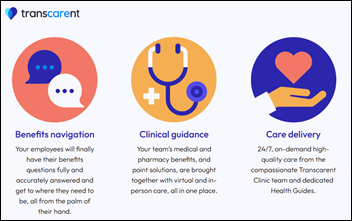



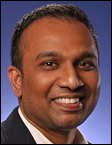

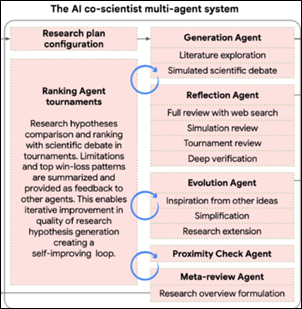
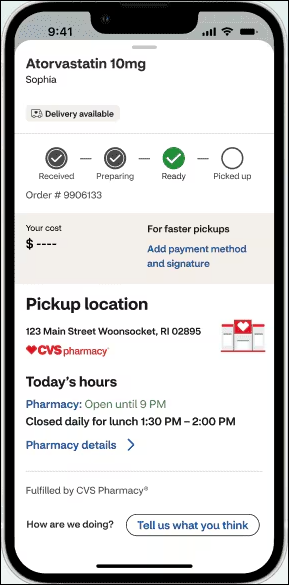
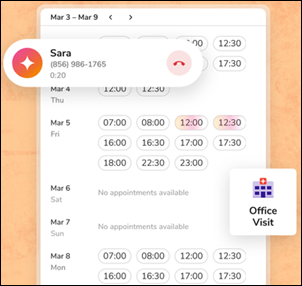




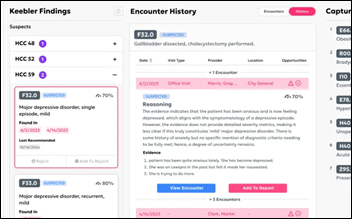


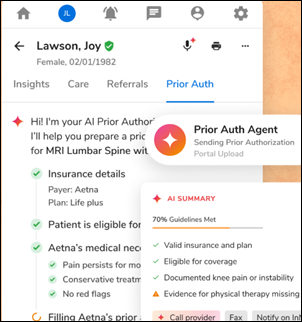








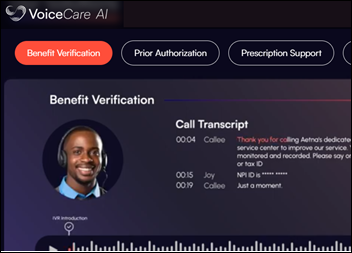



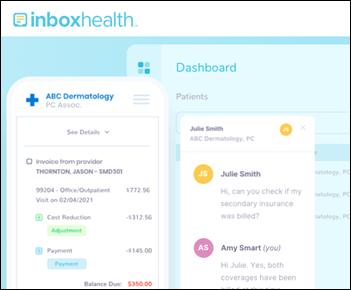

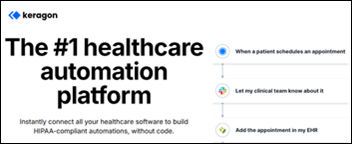









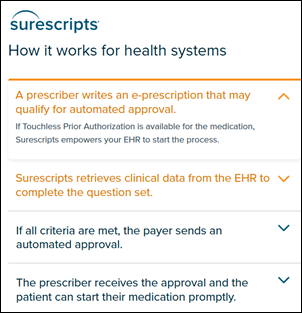
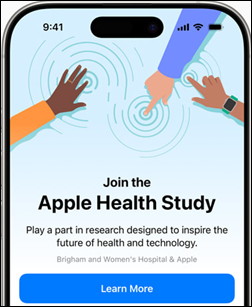 .
.
"A valid concern..." Oh please. Everyone picks the software they like and the origin of that software is an afterthought.…